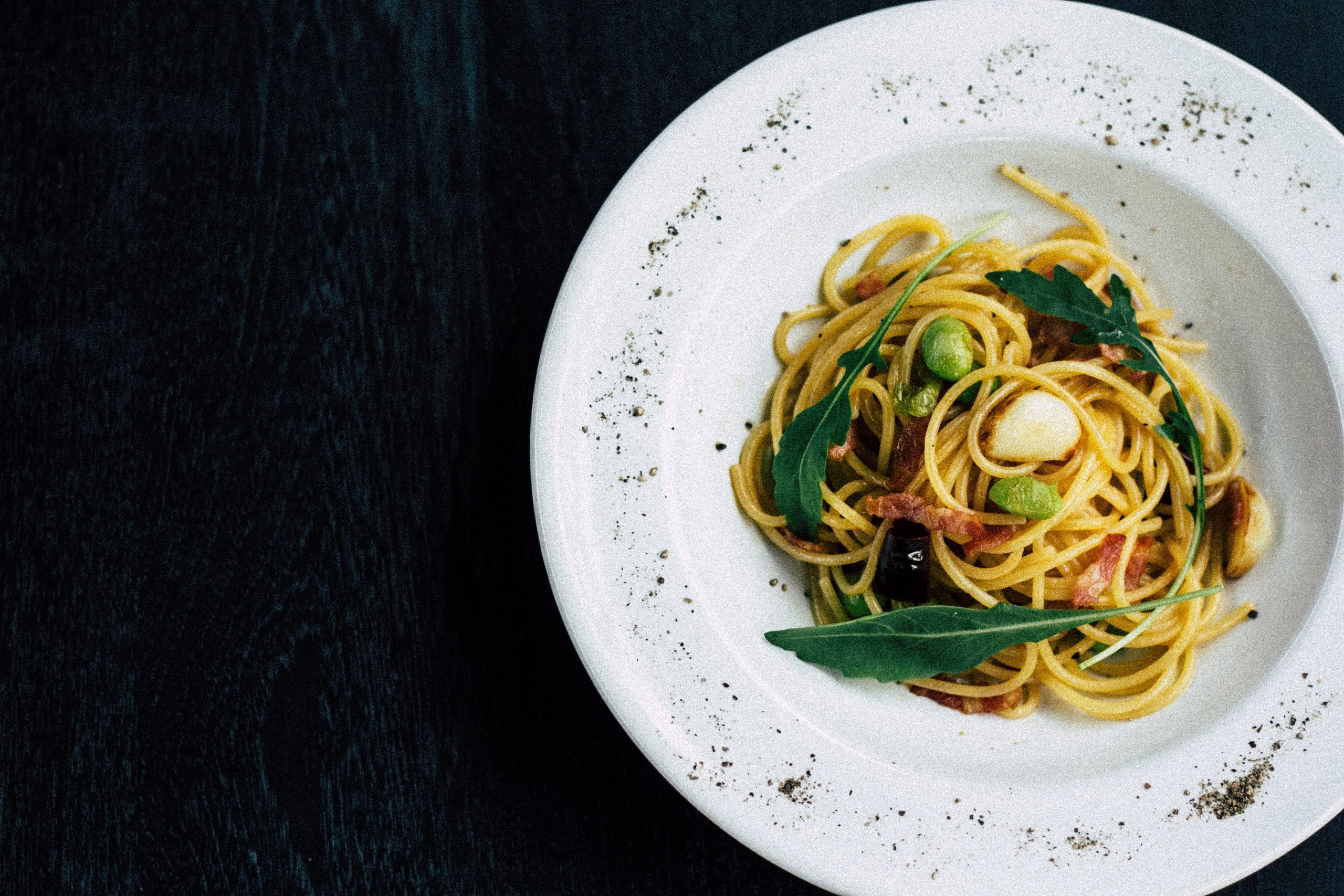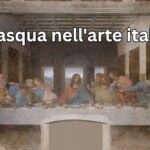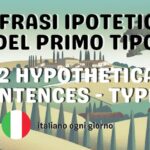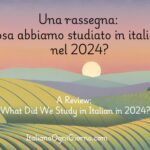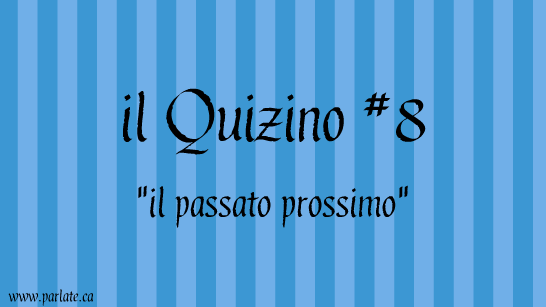
1) quarantine with active surveillance: those who have been in contact with a person positive to the virus must stay home for 14 days.
2) suspension from work.
## Any violation will be punished with up to 3 month in jail or fined up to 206 euros. ##
English follows –
Sicuramente avrai sentito del focolaio del coronavirus in Italia.
Chi avesse sintomi deve chiamare il numero 1500 e non andare al pronto soccorso.
La settimana scorsa avevo parlato di mio padre ricoverato all’ospedale a Milano per vari problemi di salute. Doveva essere dimesso domani, lunedì 24 febbraio, e invece alcuni giorni fa, giovedì sera è stato ammesso nella sua stanza ospedaliera proprio accanto al suo letto un paziente infettato dal coronavirus.
Il paziente è stato isolato ed è stabile, ma mio padre e tutto il personale e i pazienti del suo reparto sono stati messi in quarantena.
Sembra davvero surreale.
Ecco alcuni articoli per saperne di più:
Primo caso all’ospedale di Vizzolo Predabissi
Quarantena per l’ospedale di Vizzoli Predabissi
Aggiornamenti sul coronavirus:
Ci saranno aggiornamenti su questa pagina nel corso delle prossime ore e giorni.
Per il momento ci sono 7 morti in Italia e diversi casi in Lombardia e Veneto.
Per evitare ulteriori contagi:
– è stato sospeso il Carnevale di Venezia;
– è stata sospesa la fiera degli occhiali;
– la fine della settimana della moda sarà a porte chiuse;
– saranno chiuse scuole, università e musei;
– saranno proibiti eventi sociali;
Chi avesse sintomi deve chiamare il numero 1500 e non andare al pronto soccorso.
You will surely have heard of the coronavirus outbreak in Italy.
Anyone with symptoms should call 1500 and not go to the emergency room.
Last week I had talked about my father hospitalized in Milan for various health problems. He was supposed to be discharged tomorrow, Monday, February 24th, and instead a few days ago, Thursday evening, a patient infected with the coronavirus was admitted to his hospital room right next to his bed.
The patient has been isolated and is stable, but my father and all the staff and patients in his ward have been quarantined.
It’s so surreal.
Here are some articles to find out more:
First case at the Vizzolo Predabissi hospital
Quarantine for the Vizzoli Predabissi hospital
Coronavirus updates:
There will be updates on this page over the next few hours and days.
For the moment there are seven deaths in Italy and several cases in Lombardy and Veneto.
To avoid further infections:
– the Venice Carnival has been suspended;
– the eyewear fair has been suspended;
– the end of the fashion week will be behind closed doors;
– schools and universities will be closed;
– social events will be prohibited;
Anyone with symptoms should call 1500 and not go to the emergency room.

